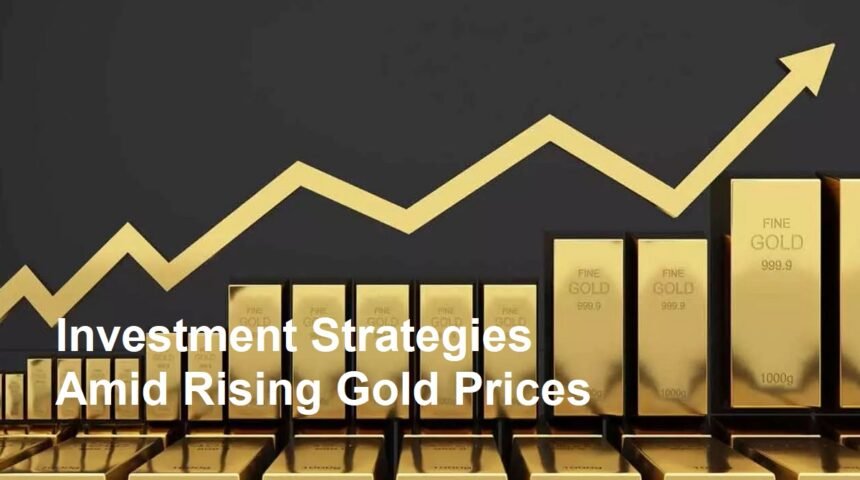Gold has long been regarded as a safe-haven asset, especially during times of economic uncertainty, inflation, or geopolitical tensions. When gold prices surge, investors often seek to capitalize on the momentum while managing risks associated with market volatility. Understanding effective investment strategies during periods of rising gold prices can help investors optimize returns and protect their portfolios.
Understanding the Drivers Behind Gold Price Increases
Before diving into investment strategies, it’s important to understand why gold prices rise. Common factors include:
- Economic Uncertainty:During recessions or financial crises, investors flock to gold as a store of value.
- Inflation Hedge:Gold often retains purchasing power when fiat currencies lose value due to inflation.
- Geopolitical Tensions:Conflicts or political instability can drive demand for gold as a safe asset.
- Currency Fluctuations:A weakening US dollar typically boosts gold prices since gold is priced in dollars.
- Interest Rates:Lower real interest rates reduce the opportunity cost of holding non-yielding gold, making it more attractive.
Key Investment Strategies When Gold Prices Surge
- Direct Investment in Physical Gold
Buying physical gold in the form of bars, coins, or jewelry is a traditional approach. Physical gold provides tangible ownership and can be a hedge against currency devaluation. However, investors should consider storage costs, insurance, and liquidity challenges.
- Gold Exchange-Traded Funds (ETFs)
Gold ETFs offer a convenient way to invest in gold without handling physical assets. They track the price of gold and can be bought or sold like stocks. ETFs provide liquidity and lower transaction costs but do not offer the same security as physical gold.
- Gold Mining Stocks
Investing in companies that mine gold can provide leveraged exposure to gold prices. When gold prices rise, mining companies often see increased profitability, potentially leading to higher stock prices. However, mining stocks carry company-specific risks such as operational issues and management performance.
- Gold Futures and Options
For sophisticated investors, gold futures and options allow speculation on gold price movements with leverage. These derivatives can amplify gains but also increase risk, requiring careful risk management and market knowledge.
- Diversification Within Precious Metals
Including other precious metals like silver, platinum, and palladium can diversify exposure and reduce risk. These metals often move in correlation with gold but can have unique supply-demand dynamics.
- Regular Portfolio Rebalancing
As gold prices rise, the allocation of gold in a diversified portfolio may increase beyond target levels. Rebalancing involves selling some gold holdings to maintain desired asset allocation, locking in profits and managing risk.
- Dollar-Cost Averaging
Instead of investing a lump sum, spreading purchases over time can reduce the impact of price volatility. This strategy helps avoid buying at peak prices and smooths out investment costs.
- Monitoring Macroeconomic Indicators
Staying informed about inflation rates, interest rate policies, geopolitical developments, and currency trends can guide timely investment decisions. For example, rising inflation expectations may signal continued strength in gold prices.
Risks and Considerations
While gold is often seen as a safe investment, it is not without risks:
- Price Volatility:Gold prices can be volatile, influenced by market sentiment and external factors.
- No Yield:Unlike stocks or bonds, gold does not generate income such as dividends or interest.
- Opportunity Cost:Holding gold may mean missing out on higher returns from other asset classes during bull markets.
- Market Timing:Attempting to time gold purchases or sales can be challenging and may lead to losses.
Conclusion
Investing during a surge in gold prices requires a balanced approach that considers both opportunities and risks. Whether through physical gold, ETFs, mining stocks, or derivatives, investors should align their strategies with their risk tolerance, investment horizon, and financial goals. Diversification, regular portfolio review, and staying informed about economic trends are essential to making the most of rising gold prices while safeguarding against potential downturns.
By adopting thoughtful investment strategies, investors can harness the benefits of gold’s unique properties as a store of value and hedge, ultimately enhancing portfolio resilience in uncertain times.









